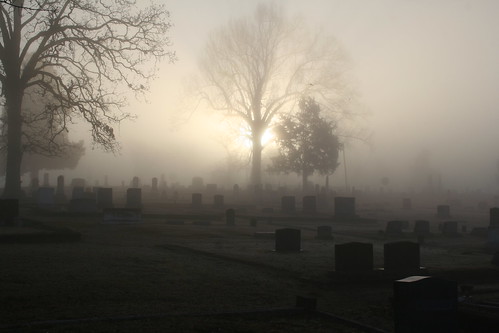
There has been a debate for a few years now about the future of the VLE. It seems that reports of its death have been greatly exaggerated, although the fact that there is a discussion is of interest to me, as someone whose job is to develop an institutional VLE, and to support staff in its use.
The argument against VLEs is that they are owned by the institution, and are there to restrict and control the activity of its users, and that they promote traditional approaches to pedagogy that do not reflect the age of digital collaboration and the new tools available to students and teachers. They are bloated and cumbersome, and are slow to adapt to the needs of their users.
Compare that to the flexibility of 'web 2.0' applications, that adapt according to the needs of users, are owned by users and reflect the way that many students use digital media and applications. They are cheap, adaptable and support learning far better than VLEs.
It is clear that in the longer term these collaborative tools will become ubiquitous, and that the days of the VLE are numbered - however, that is still some way off. The reason is that the use of web 2.0 tools by students and teachers alike is exaggerated. Most are limited in their ability to use these tools, and the argument that there are 'Digital Natives' isn't backed up by evidence . The fact is that most teachers, and even learning technologists, don't use these tools on a regular basis, and neither do students. Many are unsure about how to use web 2.0 tools, and social networking applications in education - the VLE offers them a safe starting point, and a route into digital tools in education. There is also the issue of data protection, and ownership of the material that is written and posted to internet tools, and these tools do not provide the institution with the sort of user data sets and usage statistics that institutions increasingly need as part of new funding regimes. The data sets are available from a VLE as a part of a wider managed Learning Environment.
These tools can, however, be embedded into VLEs - the major VLEs have the ability to stream Twitter feeds and RSS feeds. They allow videos from YouTube and blogs to be embedded, and they have chat, discussion forums, wikis and blogs built-in.
The 'personal web' - the aggregation of tools adaptable by users to their individual needs, will win in the end, but for the moment the VLE is alive and kicking. The main question isn't whether the VLE is dead, but how institutions are going to manage the integration of increasing user-choice tools, and their VLE.
